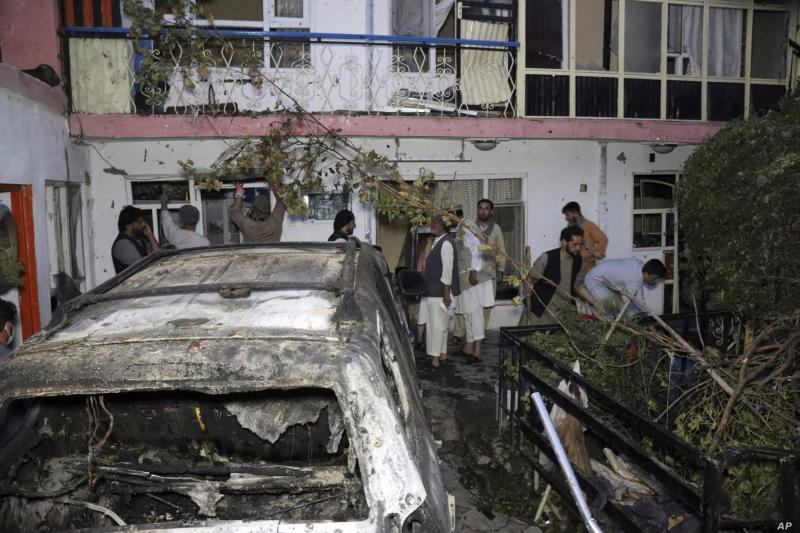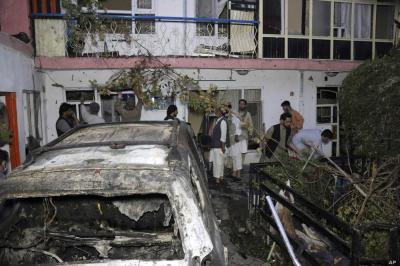Under the title "Afghanistan... ISIS Safe Haven in Kabul Remains Unknown", Al-Hurra reported that the U.S. military has not identified a location suspected of being a hideout for the group known as the Islamic State (ISIS) in Kabul, Afghanistan, which was the reason for a failed American drone strike in August, according to senior military officials as reported by The New York Times. The drone strike conducted on August 29 in Kabul killed up to ten civilians, including seven children.
Two days before the attack, military officials stated that they identified, through electronic interceptions, aerial surveillance, and informants, a plan by ISIS to use a compound approximately four kilometers northwest of Kabul Airport to facilitate future attacks using rockets, suicide vests, and car bombs. However, the investigation into the drone attack conducted by the Pentagon's inspector general, General Sami Said, concluded that this was a mistake. In a phone interview with The New York Times following the announcement of his findings last week, he said, “We did not find any specific safe house.”
The New York Times notes that Said did not discuss the underlying information that led military analysts to focus on the safe house and send six Reaper drones to monitor it, quoting him as saying, “The intelligence was not wrong; it was just not specific.” The newspaper also quoted a second U.S. military official confirming that the intelligence available about the site was not accurate enough.
The New York Times added, “It was found that almost everything that senior defense officials confirmed in the hours, then days, and weeks following the attack was wrong.” Initially, the Pentagon stated that the strike targeted an ISIS suicide bomber that posed an imminent threat to U.S.-led forces at the airport as they completed the final stages of their withdrawal from Afghanistan. Senior Defense officials later admitted that a driver named Zamari Ahmadi, a long-time employee of a U.S. relief organization who was killed in the attack, had no ties to ISIS, contrary to earlier military assertions.
It appears that Ahmadi's only connection to the terrorist group was his association with people living in what the military thought was an ISIS safe house in Kabul, according to The New York Times. However, Pentagon officials now say this judgment was also incorrect, following an investigation by The New York Times which concluded that the safe house was actually the residence of Ahmad’s family, who U.S. officials also state have no ties to ISIS.
Said did not recommend any disciplinary action. He stated in the report, “The investigation did not conclude that there was any violation of the law, including the law of war. Errors in execution, confirmation bias, and communication breakdowns resulted in unfortunate civilian casualties.” He noted that a series of assumptions made over eight hours while U.S. officials tracked a white Toyota Corolla through Kabul led to what he termed “confirmation bias,” which resulted in the drone strike.
General Said’s investigation provided several recommendations to reform the process through which orders for attacks are issued, including reviewing the procedures used to determine whether civilians were present.
Pentagon spokesperson John Kirby stated last week that Defense Secretary Lloyd Austin approved the findings and recommendations of General Said, leaving it to senior generals leading central and special operations to decide whether anyone should be disciplined or reprimanded for the strike. Notably, this strike came three days after an ISIS suicide bomber killed 13 U.S. soldiers and dozens of Afghan civilians who had gathered outside the airport gates in a desperate attempt to board one of the evacuation flights after the Taliban took control of the capital in mid-August.




